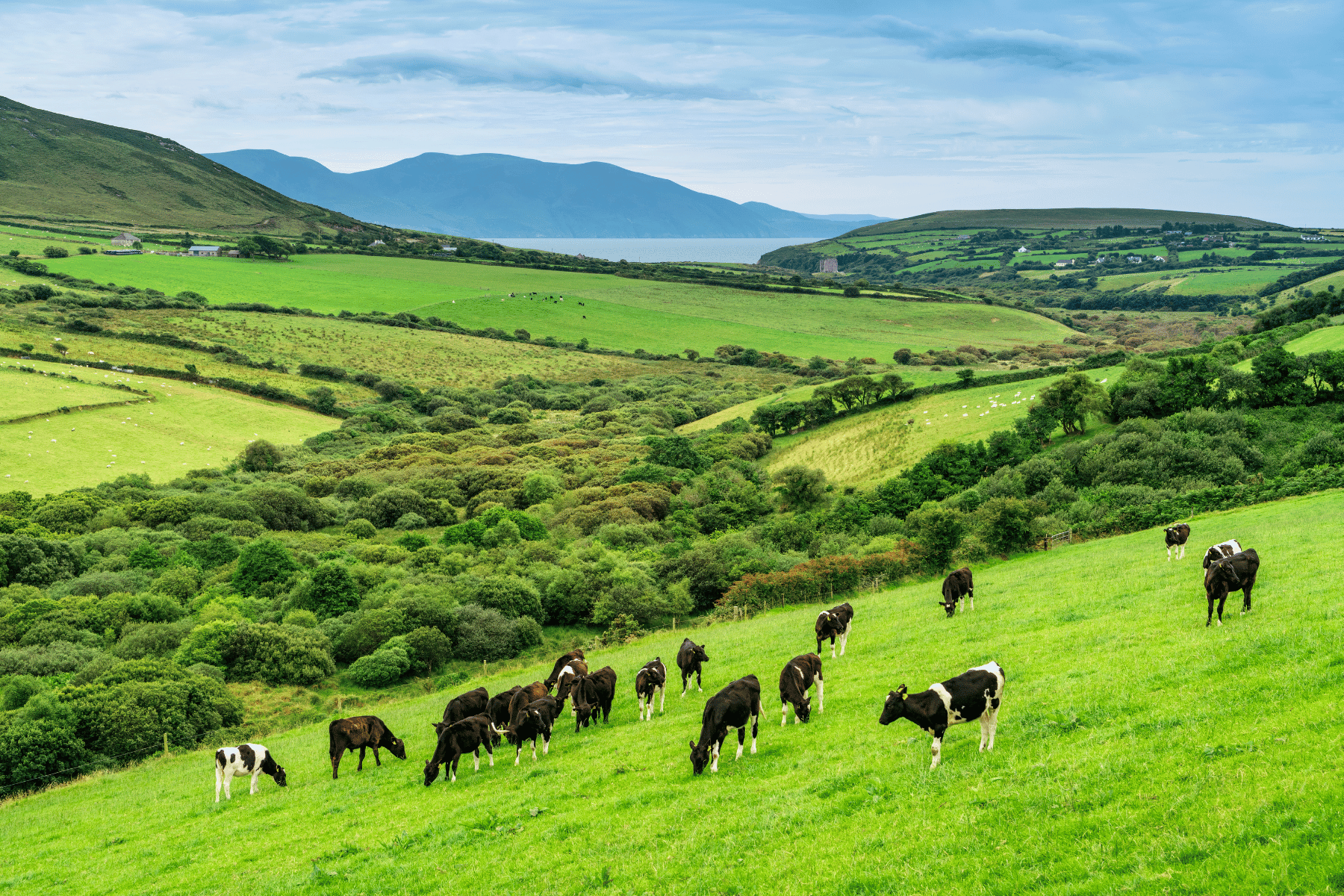Anaerobic digestion (AD) is a safe and established way to generate biogas. It involves feeding organic agri-food byproducts (known as feedstock) into digesters, where biogas is produced in an oxygen-free environment.
The resulting biogas is filtered through a process called “upgrading” to produce biomethane, or renewable natural gas—which can be used for gas grid injection or liquefied to create fuel for transport. (Learn more about the difference between biogas and biomethane here.)
Sustainably producing biomethane requires a steady supply of feedstocks, like sequential crops and animal slurry, to keep AD plants operating. That presents an opportunity for farmers to turn slurry from an expensive problem to be managed into a value-added resource.
In this article, we’ll explore how partnering with a biomethane producer to supply slurry can make slurry management easier, increase revenue, cut costs, and contribute to decarbonising farm operations.
Read more on how AD can benefit your wider community.
Simplify slurry management
The main challenge many farmers face when it comes to slurry is what to do with it. This challenge is particularly significant for small farms with limited land and resources.
For example, a typical dairy herd of 100 cows housed during the winter period will produce 3,300kgs of slurry a week. Under the nitrates derogation, Farms like this often don’t have enough land to make space for proper manure storage facilities. Even if they did, it’s expensive to build, maintain, and to expand these facilities as needs arise.
If a farmer doesn’t have enough land to spread the slurry under their nitrate banding allocation, they must rent land to meet their regulatory requirements. This adds an additional cost burden to farmers, making their operations more expensive and ultimately increasing food prices.
Supplying slurry to a biomethane plant can reduce on-farm slurry storage requirements. Instead of spending money on expensive storage infrastructure or paying to lease additional land, farmers can simply transport their slurry to a nearby biomethane plant.
Being a slurry partner also helps farmers stay compliant with nitrate banding regulations without extra costs. It eliminates the need to lease additional land so the farm can comply with local nitrate regulations.

Generate additional revenue and cut costs
Farmers across the EU face escalating costs, vulnerability to extreme weather, regulatory pressures and competition from non-EU producers.
Becoming a slurry partner is an opportunity for farmers to make their operations more sustainable by reducing costs and generating additional revenue.
Along with reducing slurry management cost and complexity, supplying slurry to a biomethane plant can add an additional source of revenue. Slurry is a valuable source of feedstock for anaerobic digestion and many biomethane producers will offer farmers long-term supply agreements for supplying slurry to their plants.
Where farmers can grow energy crops in rotation with food production, this not only improves soil quality but can also add yet another revenue stream as feedstock for biomethane production.
Digestate, a byproduct of the biomethane production process, represents a source of low-cost, nutrient-rich fertiliser. Digestate has a more constant balance than slurry, making it an excellent amendment that can improve soil health. This can cut the need for synthetic fertiliser, and avoid their cost and their negative impacts such as soil degradation. Read more about the benefits of digestate for farmers .
As the digestate is produced locally, it can also mitigate the impacts of market volatility and political instability that can impact the price and availability of synthetic fertilisers.
Decarbonise farm operations
Along with economic challenges, farmers are facing increasing pressure to decarbonise their operations to help meet national and EU-wide climate goals.
Providing slurry to a biomethane plant can help farmers contribute to achieving decarbonisation and climate targets. Ireland has a target to produce 5.7TWh of indigenous biomethane by 2030, and the EU’s RePower target is to produce 32bcm by the same deadline.
Methane from farm waste is a potent greenhouse gas (GHG) and capturing it through biomethane production can reduce farm greenhouse gas emissions by up to 50 percent.
Methanation technology incorporated into some biomethane plants further reduces carbon emissions by using green electricity to convert carbon dioxide from farm waste to synthetic methane.
What’s more, using digestate in place of carbon-intensive synthetic fertilisers can significantly reduce a farm’s carbon footprint. By improving soil structure, digestate can also restore the soil’s ability to sequester carbon—turning it into a carbon sink.
Farmers who partner with CycleØ to supply slurry benefit in several ways, including earning additional revenue, accessing low-cost organic fertiliser, and long-term, no-financial risk solutions to waste management and environmental obligations.
Want to know more about how being a slurry partner can benefit your farm? Get in touch today with the experts at CycleØ.